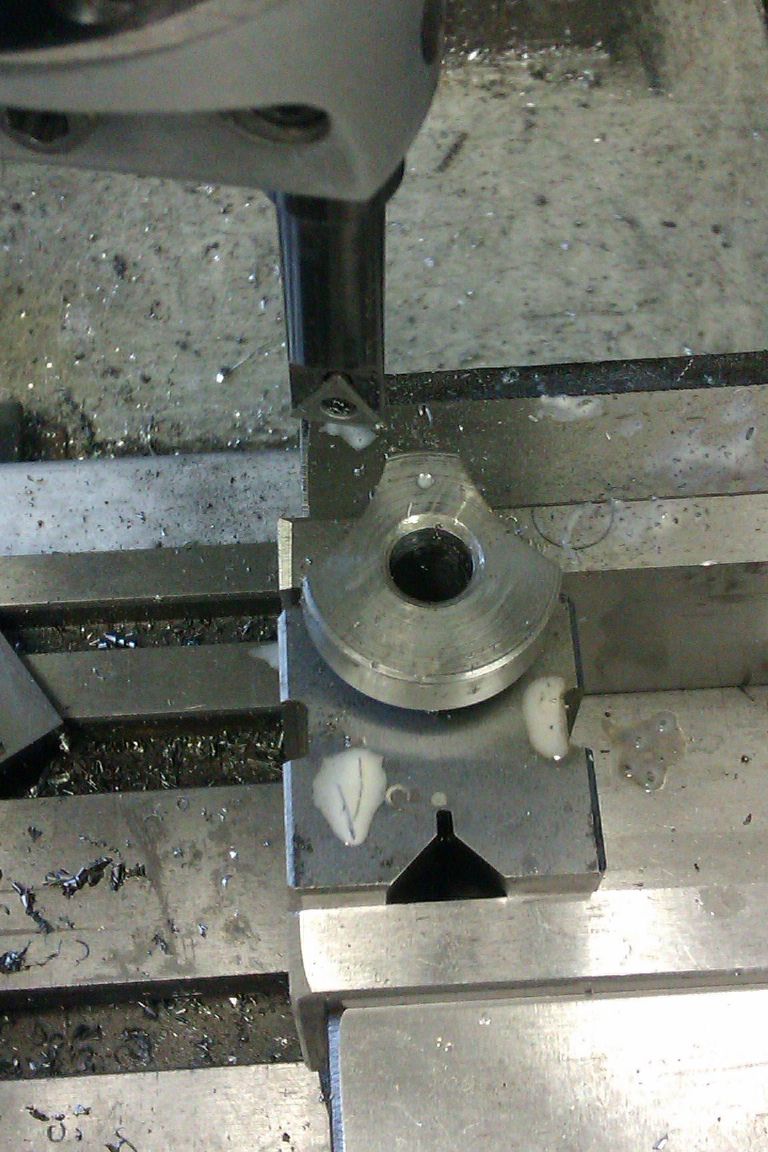Hi Michael Gilligan
Thank you for your advice about Pallions – this seems a great way to get exactly the right amount of silver solder exactly where it's needed 
Hi Michael Williams,
Thanks – I'll aim for better than one thou (0.025mm in my metric speak).
Thanks for your comments re. books. It looks like you've had exactly the same experience as me. Good to know that at least I'm not alone in this.
I don't have Greenly – will buy it ASAP.
>If you really want to understand steam technology seek out books relating to full size practice .
I think you're right – do you have any recommendations?
>If you have specific queries about how steam engines work just ask me anytime .
There's one slightly involved one… Initially I'll operate the valve direct from an eccentric – I'd like to leave my options open though so that if I have time in future I can adjust for maximum torque or maximum economy – I reckon that would be achieved using Walschaerts valve gear or similar but I can't find any detailed theoretical or practical advice on using this kind of valve gear in models. (I think I can maybe model it by adding two sine waves of equal frequency and adjustable amplitude but I don't know what the difference in phase between the two should be.)
Hi Clive,
I forgot to say the other day – thank you for your help and clarification on machine reamers – that's helped me to understand them a lot better – I think in future I'll go for the spiral fluted ones.
Good to hear about the honey – having a few problem with an entirely different sort of insect here at the moment – the mosquitos are out much later than usual…
Sadly, it looks like the S50 may be nearing the end of the line. It looks like when I do the re-boring necessary to repair the bore and take out a flaw in the casting I'll break through into the steamways. Maybe I should ask Stuart if they'll replace the casting – the flaw seems to be a bubble c. 1mm diameter in the cast iron.
I could make a cylinder lining but I've never done this before and I don't have access to liquid nitrogen to fit it.
Will
Paul Lousick.






